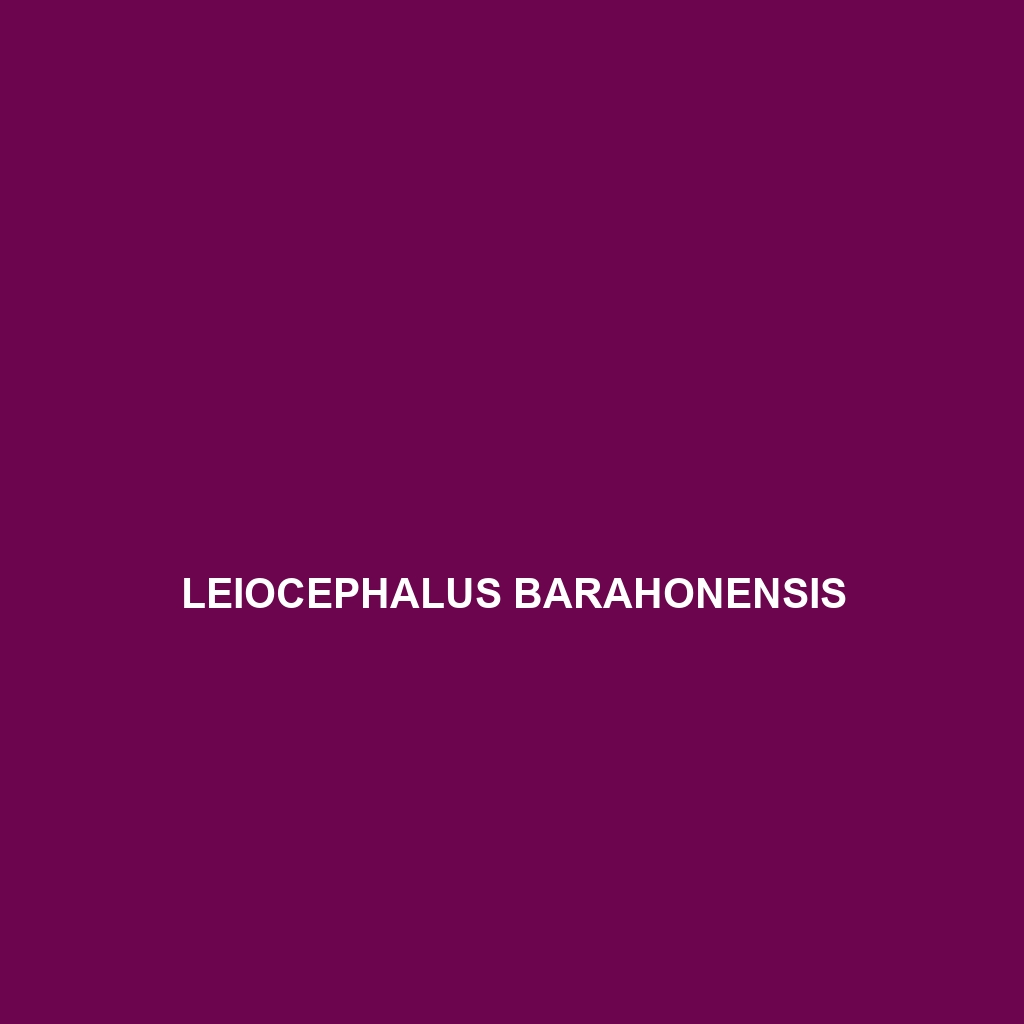Common Name
Laudakia wui
Scientific Name
Laudakia wui
Habitat
Laudakia wui primarily inhabits the rocky terrains and arid regions of Central Asia, specifically found in countries such as Mongolia and parts of northern China. This species is well-adapted to live in temperate forests and savannas, where the climate is characterized by cold winters and warm summers. The environmental conditions in these habitats include significant temperature variations and sparse vegetation, which provide both shelter and foraging opportunities. The rocky crevices found in these ecosystems offer safe nesting sites and protection from predators, making them ideal for the survival of Laudakia wui.
Physical Characteristics
Laudakia wui is a medium-sized lizard, typically measuring between 15 to 25 centimeters in length. Their bodies are characterized by a robust structure and a flattened shape that allows for movement across rocky surfaces. The coloration of Laudakia wui serves as excellent camouflage; they exhibit a mix of earthy browns, grays, and subtle greens. This lizard features distinctive patterns of stripes or spots along its back, which further blends with the surrounding rocks and soil. Moreover, their long tails are often used for balance as they navigate their rocky habitats.
Behavior
In terms of behavior, Laudakia wui displays a combination of diurnal and nocturnal habits, depending on environmental conditions. During warmer months, these lizards are primarily active by day, basking in sunlight to regulate their body temperature. They are known for their territorial nature, often engaging in displays of dominance to establish their space. Social interactions include various forms of communication through body language and vocalizations. When it comes time to mate, males often perform elaborate courtship displays, showcasing their vibrant colors while puffing up their bodies to attract females. These unique mating rituals not only serve as a form of attraction but also reinforce social hierarchy within their territory.
Diet
Laudakia wui is predominantly an omnivore. Their diet consists of a wide variety of insects, small invertebrates, and plant matter. During warmer months, they tend to consume more protein-rich food sources such as beetles, grasshoppers, and ants. In contrast, during the harsher, colder months, their diet shifts towards available vegetation, including leaves and fruits. This adaptability in dietary habits allows Laudakia wui to thrive in its rugged environment, ensuring that they obtain the necessary nutrients year-round.
Reproduction
The reproductive cycles of Laudakia wui typically occur in late spring to early summer. Males engage in courtship rituals that can last several weeks, where successful mating can lead to the female laying 5 to 12 eggs. The gestation period for these eggs takes approximately 8 to 10 weeks, after which the hatchlings emerge. The young lizards are independent right from birth, often opting to stay hidden in the rocky crevices to avoid predation. Parental care is minimal post-hatching, which is common among many lizard species. This reproductive strategy allows for quick population turnover, an essential factor in surviving challenging environmental conditions.
Conservation Status
Currently, Laudakia wui is classified as Least Concern by the IUCN Red List. While the species does not face immediate threats, habitat destruction resulting from urbanization and agriculture poses potential risks. Conservation efforts are needed to monitor populations and protect their natural habitats. Initiatives aimed at preserving temperate forests and rocky terrains can help ensure the survival of this unique species amidst changing environmental conditions.
Interesting Facts
One of the most interesting aspects of Laudakia wui is its remarkable ability to change color in response to temperature changes or stress. This adaptive feature not only aids in thermoregulation but also serves as a defense mechanism against predators by providing effective camouflage. Additionally, these lizards can perform impressive jumps and climbs, making them agile and adept at maneuvering through their rocky habitats.
Role in Ecosystem
Laudakia wui plays a significant role in its ecosystem as both a predator and prey species. By consuming a variety of insects, they help control populations of those species, maintaining ecological balance. Furthermore, they serve as a food source for larger predators, which contributes to the stability of the food web. Their activities also aid in seed dispersal through their diet, thereby promoting plant growth and diversity in their habitat. The presence of Laudakia wui is indicative of a healthy ecosystem, underscoring their importance in maintaining biodiversity.
